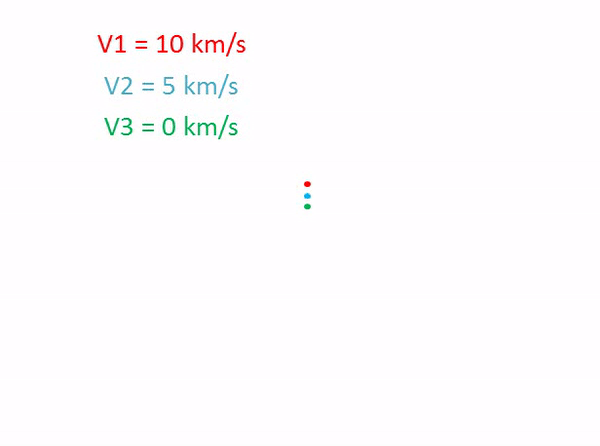- 32,737
- 37,876
Continuation of this thread.
So basically in the original thread from what I can gather, based on these four comments on the thread, the conditions were made as such that for KE to be usable for these feats, we would need proof that ALL of the debris travelled the same distance at the same time at the same speed, or all the debris had completely left the screen.
However, this really wasn't given much thought after this thread or the implications this would result in for planetary feats that didn't have all of their remains completely obliterated or had the debris completely vanish from view. This was made evident as seen in this thread.
As such, I would like further evaluations on this ruling before any action is taken on whether to include it in our standards or reject it.
TL; DR: The proposal from the above comments is that Planetary KE feats of dispersion are only valid if we can prove that ALL the debris were blasted the same distance at the same time at the same speed (The debris completely vanishing from view or leaving the screen being two ways of determining as such).
Sorry if I worded anything incorrectly, I'm not good with typing out CRTs.
Agree: 1 - @M3X_2.0,
Disagree: 3 - @Armorchompy, @Damage3245, @Psychomaster35,
Neutral:
So basically in the original thread from what I can gather, based on these four comments on the thread, the conditions were made as such that for KE to be usable for these feats, we would need proof that ALL of the debris travelled the same distance at the same time at the same speed, or all the debris had completely left the screen.
However, this really wasn't given much thought after this thread or the implications this would result in for planetary feats that didn't have all of their remains completely obliterated or had the debris completely vanish from view. This was made evident as seen in this thread.
As such, I would like further evaluations on this ruling before any action is taken on whether to include it in our standards or reject it.
TL; DR: The proposal from the above comments is that Planetary KE feats of dispersion are only valid if we can prove that ALL the debris were blasted the same distance at the same time at the same speed (The debris completely vanishing from view or leaving the screen being two ways of determining as such).
Sorry if I worded anything incorrectly, I'm not good with typing out CRTs.
Agree: 1 - @M3X_2.0,
Disagree: 3 - @Armorchompy, @Damage3245, @Psychomaster35,
Neutral:
Last edited:

